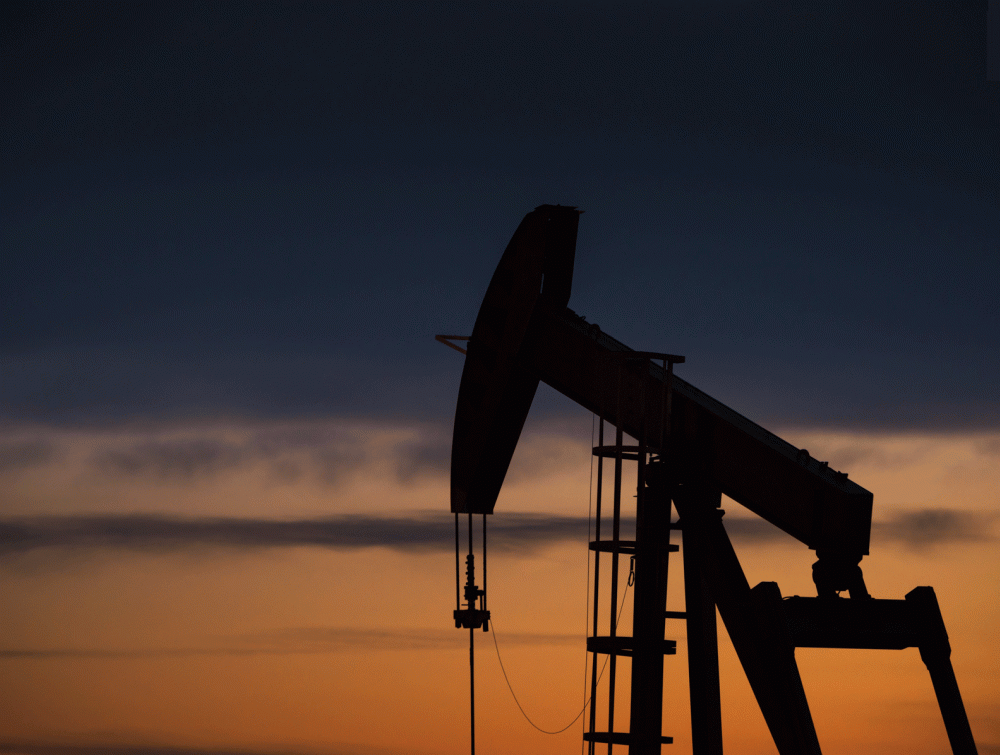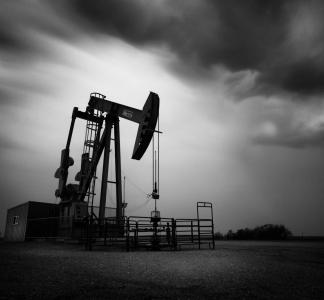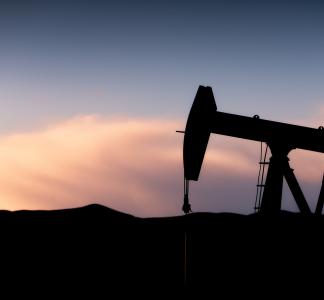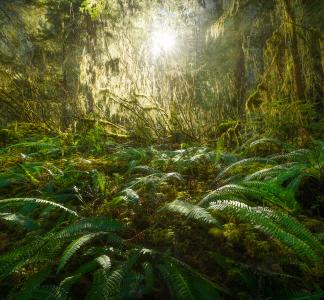5 ways the system is rigged in favor of the oil and gas industry

Oil and gas operations in Pawnee National Grasslands, CO.
Mason Cummings.
Oil and gas companies turn out to be heavily favored
Oil and gas companies want you to think they are over-regulated, but fossil fuel development on public lands is currently managed in heavy favor of the industry. Other uses of public lands such as conservation, recreation and even renewable energy development are being shortchanged as a result.
From stockpiled leases to drilling permits that sit in limbo for decades, there are many problems with how we manage oil and gas development on federal lands. As the industry continues to claim they are being hampered by regulations, consider these five reasons why oil and gas companies are actually heavily favored when it comes to how they use our public resources.
-
Companies can squat on public lands even if they are not using them—sometimes indefinitely
Oil and gas companies have 10 years to develop their leases on federal land, but there’s a loophole that allows them to get a “time out” on the lease term without paying rent to keep the land. On most state lands, leases are issued for only 5 years and others are shorter. These time-outs prevent our lands from being managed for other uses like recreation. Companies should be required to “use it or lose it” when it comes to developing our public lands.
-
Currently, over 90 percent of federal oil and gas resources are available for leasing
The vast majority of our shared public lands are open to leasing—including places that would be better managed for recreation, wildlife habitat, cultural artifacts and other important resources. Oil and gas companies can always nominate these places for new leases regardless of whether they intend to ever develop them, locking up the land to pad industry’s bottom line.
-
It’s extremely cheap to lease federal lands—even if companies aren’t sure they will ever develop them
Our public lands go for just $2/acre—the price of a cup of coffee. At that price it’s easy for companies to lease lands and keep them on their books as potential profits or re-sell them for much higher amounts, which benefits companies’ bottom lines, but not taxpayers. Meanwhile, those lands remained locked up—foreclosing other uses.
-
It’s easier to get approval for oil and gas leasing than anything else on public lands
Protecting lands for conservation or recreation values requires meeting high standards to show those protections are deserved. In order to develop lands for renewable energy, companies have to show that their projects are economically and technically feasible and pay significant up front processing costs. Despite the difficulties in dedicating public lands to these other uses of public lands, the BLM operates under a system that makes it relatively easy for oil and gas companies to lease lands—they don’t even need to show that oil and gas can be profitably extracted from the land.
-
Nobody is keeping track of how much oil and gas is already available from current leases
Without actually knowing the amount of oil and gas that is under lease (much of which is not being developed), there’s no way to tell whether it’s a good idea to put more land under lease. Instead, with more than 90 percent of our federal minerals available for leasing, land just continues to be leased as proposed by oil and gas companies—instead of as needed and in the right places. Oil and gas leasing should be “smart from the start”—similar to the way BLM has developed its renewable energy program.



